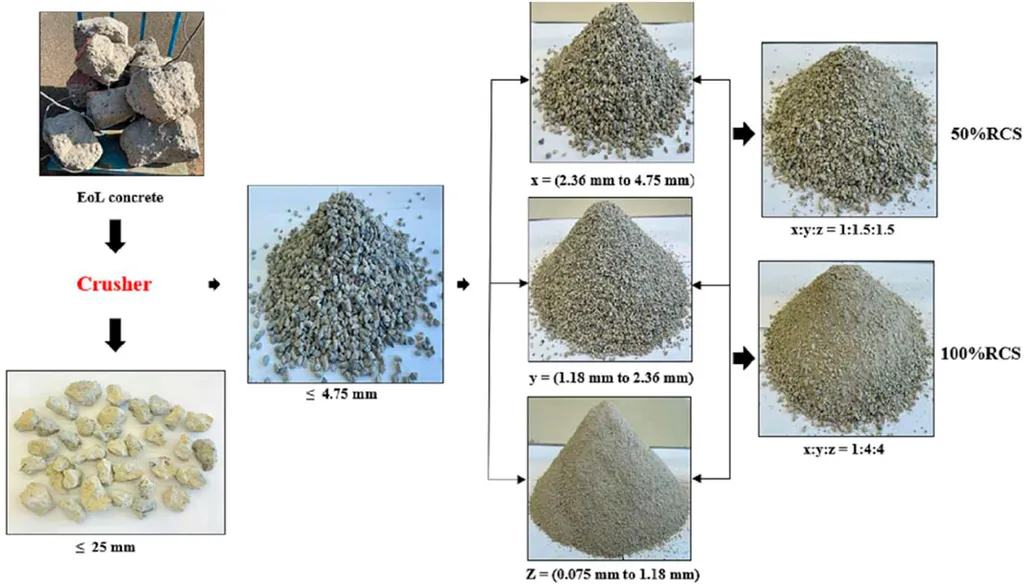In the heart of Algeria, researchers are tackling a global challenge that could reshape how we build and maintain critical infrastructure, particularly in the energy sector. Dr. Adel Belmana, a civil engineer from the University of Biskra, has been investigating how to stabilize coarse soils, often found near rivers, which are prone to internal erosion and structural collapse. His work, published in the journal *Geotechnics* (which translates to *Soil Mechanics* in English), offers promising solutions that could reduce costs and environmental impact for large-scale construction projects.
Internal erosion, caused by water flow within soils, is a significant issue for hydraulic structures. Coarse soils, with their low clay content, often exhibit poor hydraulic and mechanical properties, leading to granulometric instability. Traditionally, the solution has been to remove and replace these soils, a process that incurs high transportation and storage costs. However, Belmana’s research suggests a more sustainable alternative: cement treatment.
By adding varying amounts of cement (1%, 2%, and 3%) and allowing different curing durations (1, 7, and 28 days), Belmana and his team conducted a series of tests to evaluate the effectiveness of this treatment. They used the hole erosion test (HET) and Crumbs tests to assess erosion resistance, consolidated undrained (CU) triaxial tests to study shearing behavior, and various microstructure analyses, including scanning electron microscopy (SEM), mercury intrusion porosimeter (MIP), and thermogravimetric analysis (TGA).
The results were promising. “We observed a reduction in the loss of eroded particles and an overall improvement in the stability and mechanical properties of the treated soils,” Belmana explained. SEM observations revealed the development of hydration gel after treatment, enhancing cohesion within the soil matrix. TGA analyses corroborated these findings, while MIP revealed the formation of a new class of pores, accompanied by a reduction in dry density.
The implications for the energy sector are substantial. Many energy projects, such as hydroelectric dams and pipelines, require stable soil foundations. By using locally available soils treated with low cement addition, companies can reduce transportation costs and environmental impact. This approach supports sustainable development by minimizing the need for soil removal and disposal.
Belmana’s research also opens up new possibilities for future developments. “Our findings demonstrate that low cement addition can transform locally unsuitable soils into durable construction materials,” he said. This could lead to more cost-effective and environmentally friendly construction practices, not just in the energy sector, but in civil engineering projects worldwide.
As the world grapples with the challenges of climate change and resource depletion, innovative solutions like Belmana’s are crucial. His work, published in *Geotechnics*, is a testament to the power of scientific research in driving sustainable development and shaping the future of construction.

